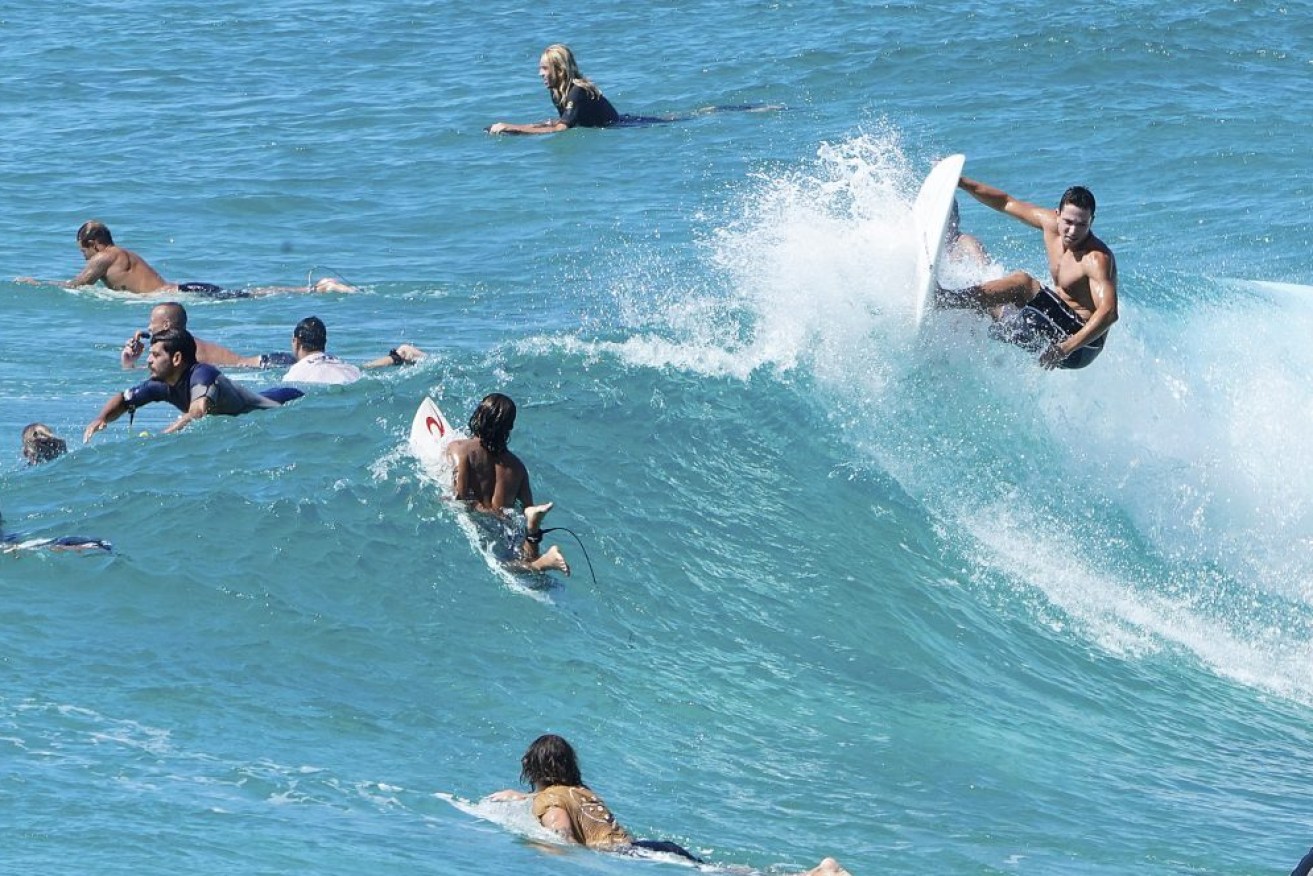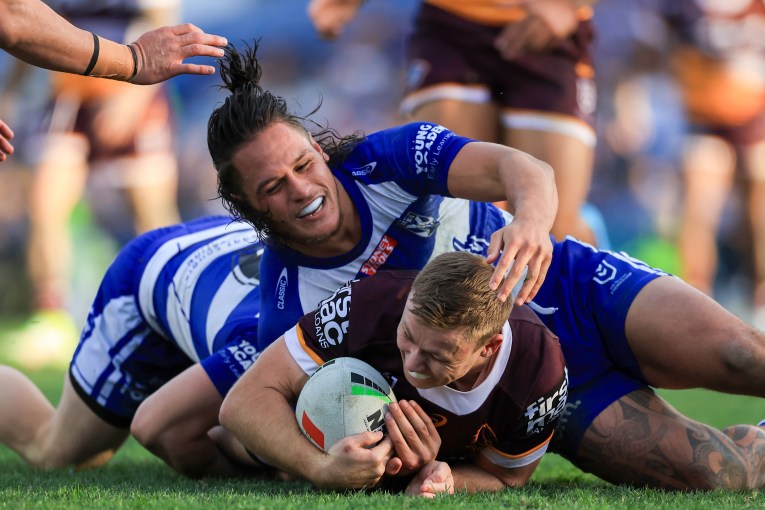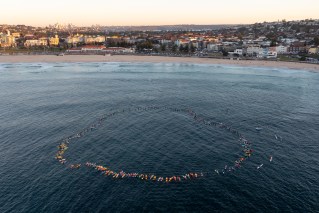Surfing smarter: New breakthrough in war against the great Australian killer
Surfers suffer melanoma at a rate 97 times higher than the general population, with a new cutting-edge study that uses whole-body scans expected to find even more Queenslanders are at a heightened risk of skin cancer.


Surfers at Duranbah Beach on the Gold Coast. (AAP Image/Dave Hunt)
The startling result from the skin study on surfers, swimmers, stand up paddle boarders and beachgoers using traditional skin checks has led to a new round of high-tech scanning to identify the risks for people making the most of Queensland’s beach lifestyle.
Southern Cross University Associate Professor Mike Climstein, who is leading the study, said Queensland and northern New South Wales residents faced the highest risk in Australia of developing melanoma.
In Australia, two in three people are diagnosed with skin cancer by the age of 70.
Climstein said SCU’s first study in 2020, tested more than 170 ocean users from the Gold Coast and the NSW north coast and found 41.3% had pre-malignant or malignant skin cancers.
Surfers were most at risk, with rates of melanoma 97 times higher than the general population, followed by swimmers who had melanoma rates that were 34 times higher.
Around 2.7 million people around Australia surf and 3 million people identify as ocean and pool swimmers.
Some of the world’s top-ranked surfers took part in the study, with the results proving that elevated risk of melanoma was an “occupational hazard” for surfers spending a lifetime on the world’s best surf breaks and beaches.
Under the new follow-up study using the world’s most advanced scanning tools, volunteers will undergo a whole-body skin check using cutting-edge FotoFinder mole mapping technology.
Using artificial intelligence, the scan can predict very early whether skin cancer may develop over time.
“Improved scanning capacity is particularly beneficial as early stages of melanoma development in high-risk individuals often lacks any specific recognised features of melanoma, and can be very small in size,” Climstein said.
“This study aims to predict and identify skin cancer in high-risk individuals, which is critical to improving health outcomes and reducing skin cancer mortality rates.”
Climstein said the study was important given the migration from southern states including Victoria and NSW to areas such as the Gold Coast and Sunshine Coast. It meant more people may be at risk if they took up the Queensland coastal lifestyle without being aware of the risks.
“You know the ‘slip, slop, slap,’ that’s great for the general Australian population, but nothing has ever targeted swimmers, surfers, stand up paddle boarders, and they’re at increased risk,” he said.
Former world-champion surfer Wayne ‘Rabbit’ Bartholomew, 67, said scans had identified he suffered melanomas.
“I had my first melanoma 30 years ago, then last month I had my second one. I believe regular skin checks have kept me alive,” he said.
“Any breakthrough in treatment, technology and research that helps with early detection or very thorough diagnosis is incredibly valuable.”












